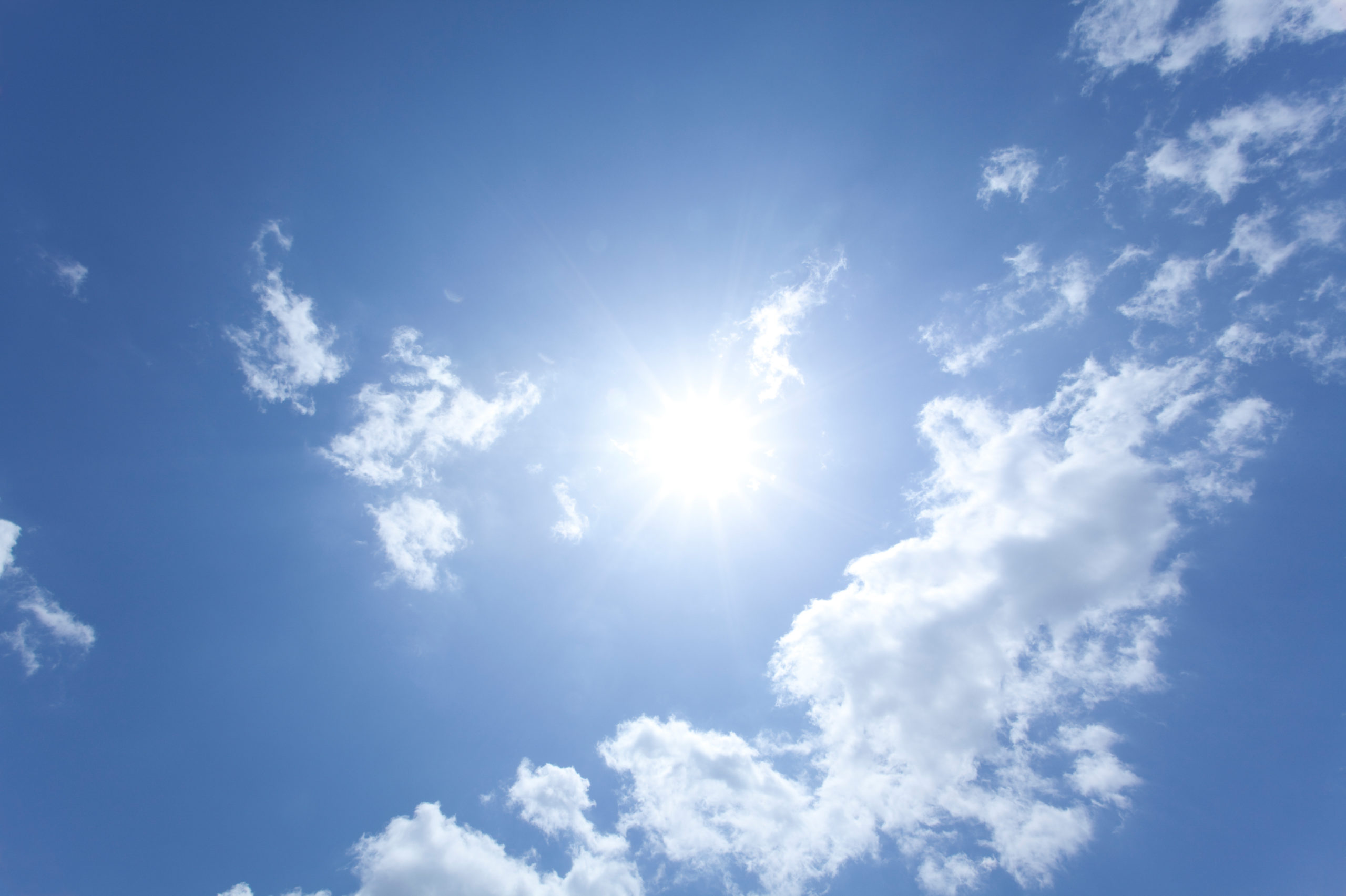Recently, a new study conducted by a team of researchers led by McMaster University looks at the association between coronavirus infection rate with a rise in temperatures, humidity levels, and an increase in the hours of sunlight.
According to the findings of the study, while humidity and higher temperature can potentially slow the spread of the SARs-CoV-2, the virus responsible for causing COVID-19, sunshine may actually have the opposite effect and increase the rate of the infection.
More specifically, it was discovered that long hours of sunshine or sunny days, in general, drive more people out of their homes to go to public places including parks than the usual days regardless of the risk of contracting the virus during the coronavirus pandemic.
The research, whose findings appear in the online journal known as Geographical Analysis, add to the debate on the association of incidence of viral infections with higher temperatures and increased hours of sunlight in the summer.
Till now, the medical community has divided views on the possible link between the link. Studies on other viruses discovered prior to the ongoing coronavirus pandemic such as SARS showed that the virus is likely to thrive more in humid and colder climates with lower temperatures.
However, in the case of the novel coronavirus or SARS-CoV-2, the community is unable to form an opinion yet as the majority agrees a lot remains to be undiscovered about the new virus’s behavior and functioning.
The leading investigator of the study, Antonio Páez, who is a professor and researcher in McMaster’s School of Geography & Earth Sciences states “There is a lot of pressure to reopen the economy, and many people want to know if it will be safer to do so in the summer months,”
“Restrictions in movement, which have begun to ease around the world, hinge in part on how SARS-CoV-2 will be affected by a change in season,” He added.
Páez along with a team of researchers from the Universidade Federal de Pernambucoin in Brazil and the Universidad Politecnica de Cartegena in Spain looked at the incidence of the coronavirus infection in all affected provinces in Spain, which is among the hardest-hit countries in the world, and the potential impact of factors related to changes in climate.
RELATED: Disposable Masks for Coronavirus Are Polluting the Ocean
After the announcement of the health crisis emergency in Spain, the team started to examine meteorological information along with the rising cases of the coronavirus infection in the country for a time period of thirty days.
The team found that with every one percent increase in humidity, there was a three percent decrease in the coronavirus infection rate. According to the researchers, this was probably because higher temperatures and humidity affected the viability of the virus.
On the other hand, the results were opposite in the case of an increase in the number of hours of sunshine. More sun was linked to a higher incidence of the coronavirus infection.
The higher incidence may be due to human behavior on sunny days, the team stated as many people are likely to break down lockdown-related restrictions and leave their homes during such days.
In areas with a higher population of older adults, the infection rate was still comparatively lower as many of them, according to the researchers, were already aware that they remain to be at the highest risk of not only contracting the coronavirus infection but also developing life-threatening complications with it.
This shows that older adults are not likely to play a big role in the spread of the coronavirus infection even though they are at the highest risk.
Overall, the team stated that higher temperatures are likely to slow down coronavirus transmission rates but that does not mean people should discontinue preventive measures as they will be needed for a very long time to control the overall coronavirus pandemic.


